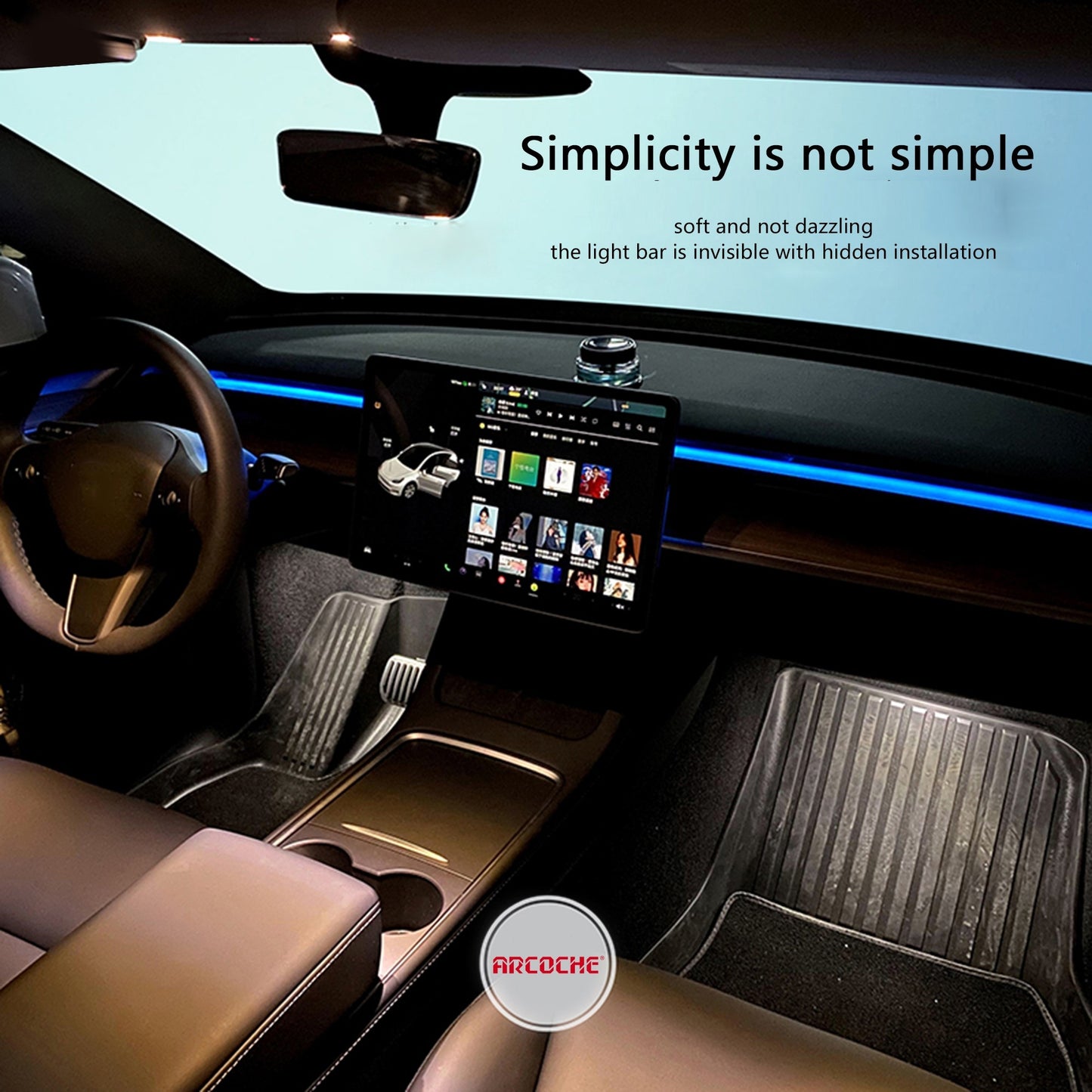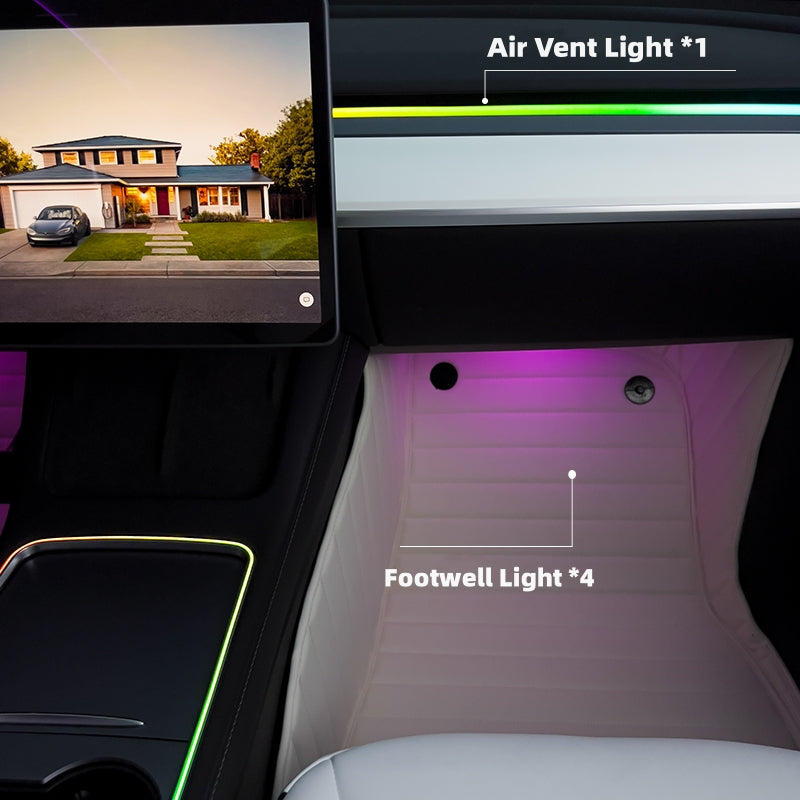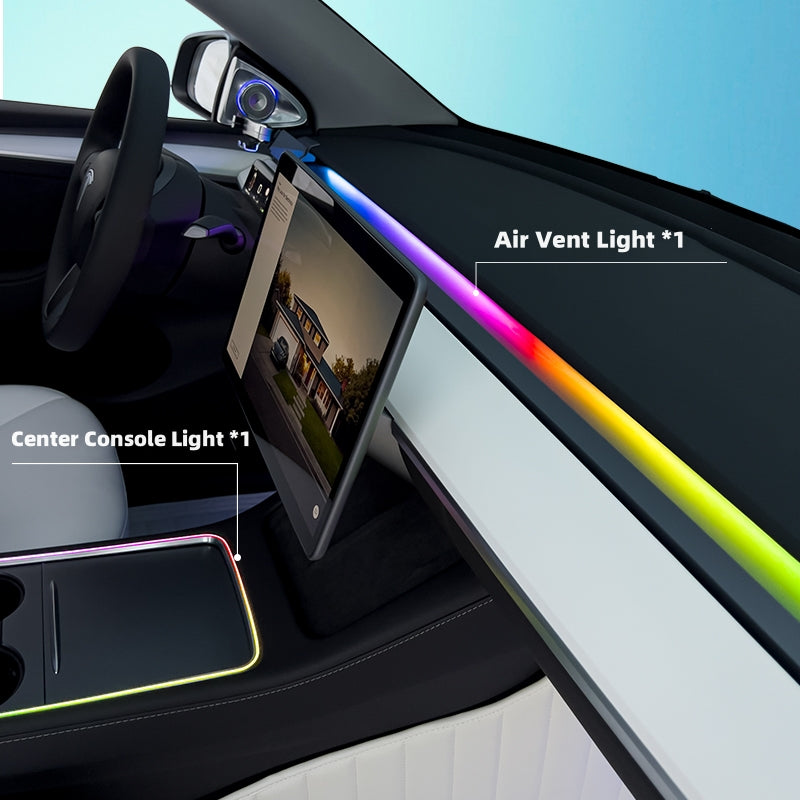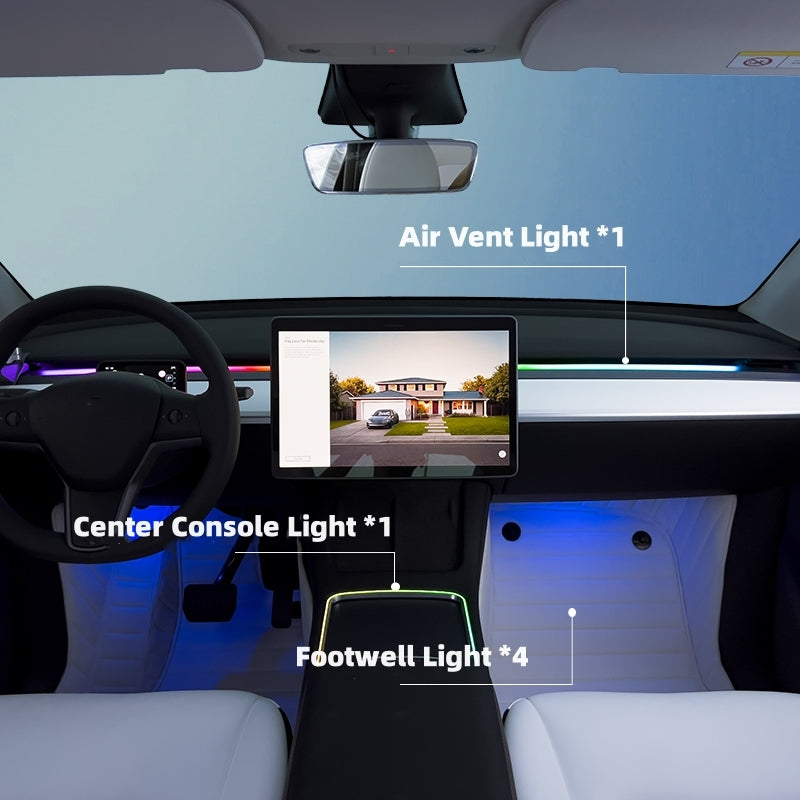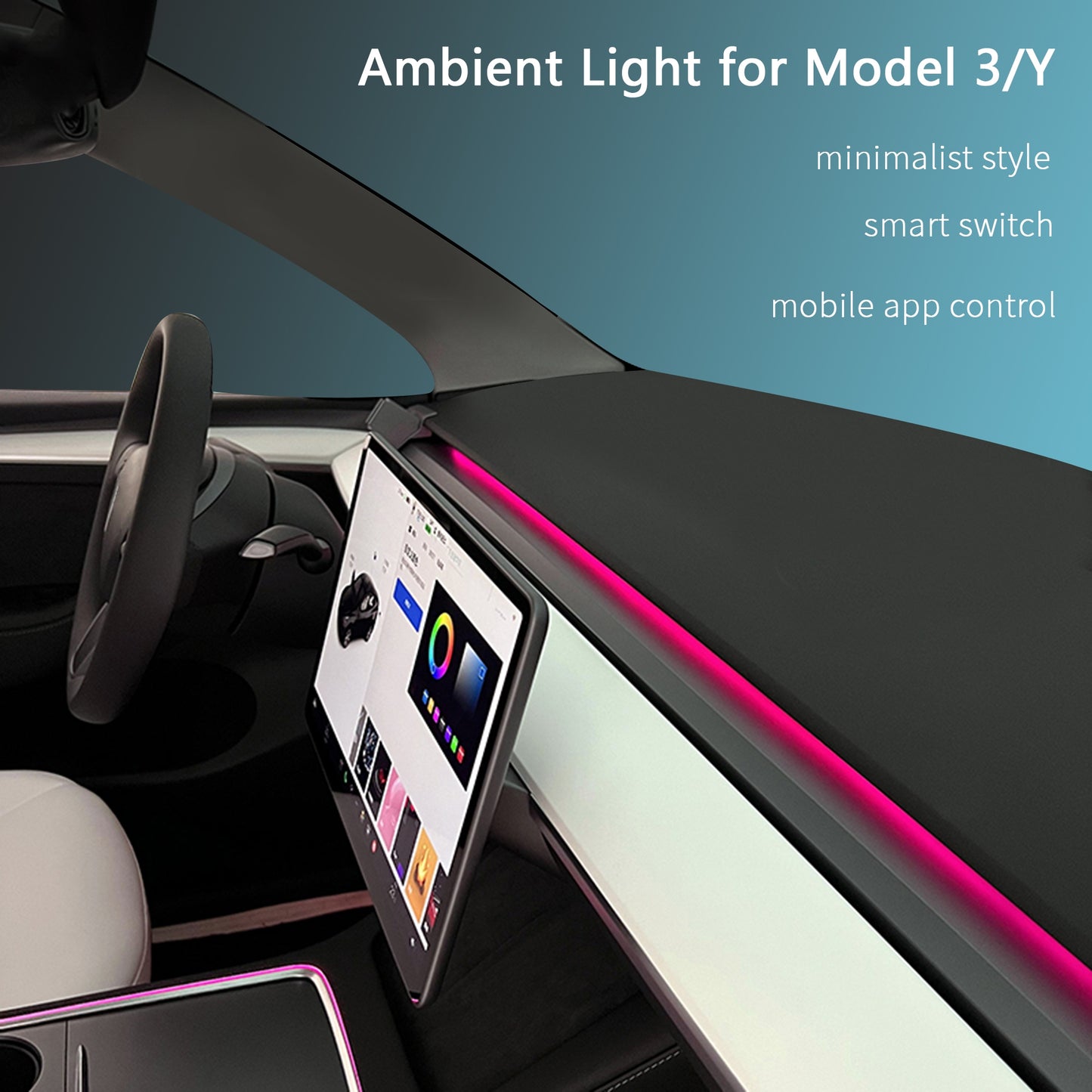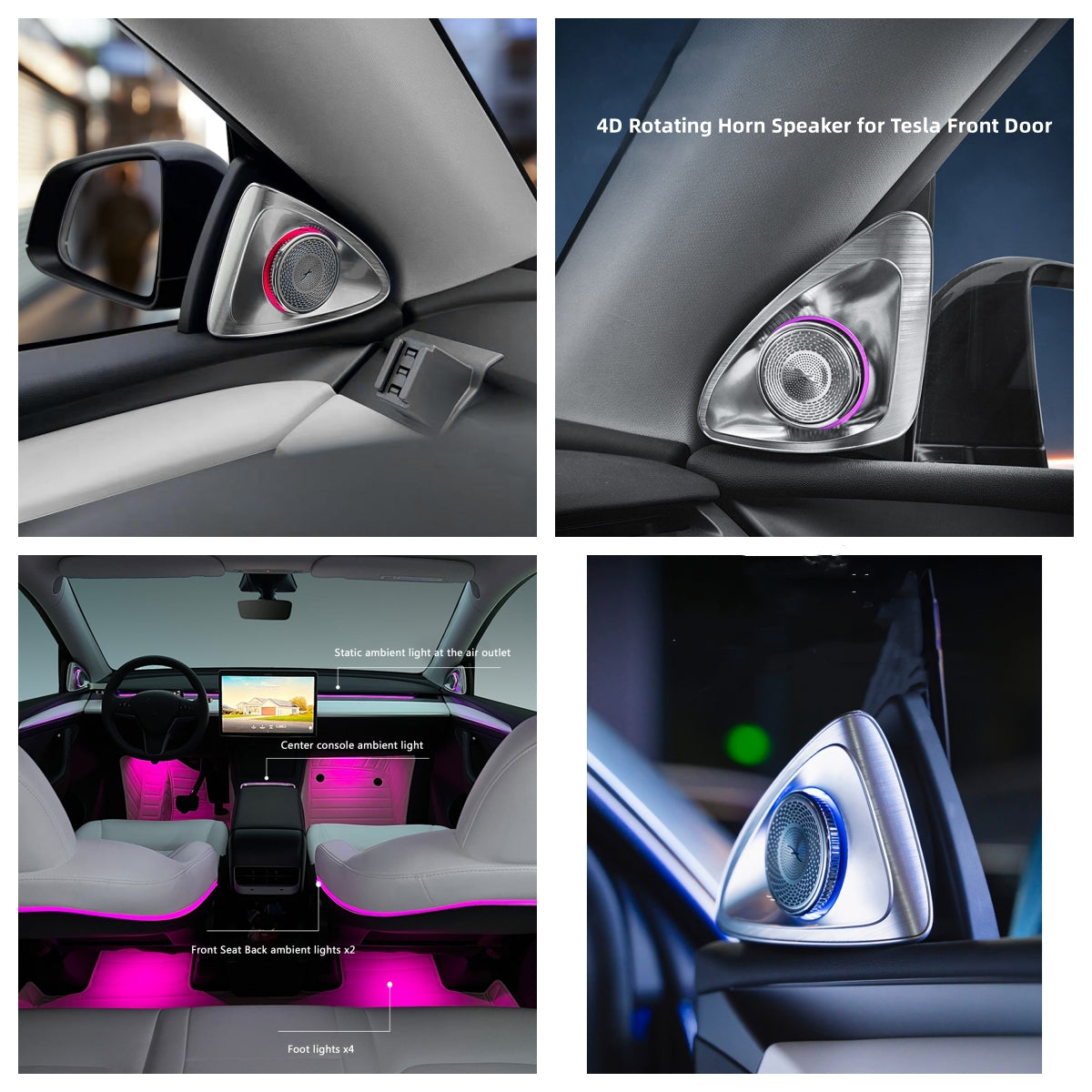
Tesla’s We, Robot Event: un aperçu de l’avenir des véhicules autonomes
Le dernier événement de Tesla, « We, Robot », a présenté de manière spectaculaire sa vision de l'autonomie future. L'événement a non seulement dévoilé de nouveaux véhicules, mais a également permis de mieux comprendre la stratégie à long terme de l'entreprise. Décryptons les annonces et concepts les plus marquants de cet événement.
Une configuration d'événement unique
L'événement de Tesla a été conçu avec cinq « quartiers » distincts pour créer une expérience dynamique et interactive pour les participants :
Westworld : La scène principale a été installée ici, accompagnée de Texas BBQ, ce qui en fait le lieu central des annonces clés.
Metropolis : les invités se sont bien amusés en jouant à des jeux d'arcade et ont même pu se balancer sur un Cybertruck dans le cadre du divertissement.
Théâtre TSLA : cet espace proposait des pizzas, des desserts et un écran géant diffusant un film sur le thème de Tesla.
New York Block Party : avec de la musique live, des artistes de rue et de la nourriture de rue, elle a recréé l'énergie d'une block party de New York.
Zone de produits dérivés Tesla : les participants pouvaient acheter des produits dérivés Tesla exclusifs, notamment des vêtements, des affiches et des équipements.
Elon Musk est arrivé dans un Robotaxi, donnant le ton à l'accent mis par l'événement sur la technologie autonome et les conceptions de véhicules innovants.
Aperçu de la partie 4 du plan directeur
Bien que la partie 4 du Master Plan n'ait pas été officiellement publiée, l'événement a donné plusieurs indices sur les objectifs à long terme de Tesla :
Les transports actuels sont inefficaces : Tesla soutient que les infrastructures actuelles sont trop chères, dangereuses et non durables.
Véhicules personnels sous-utilisés : la plupart des voitures ne sont utilisées que pendant environ 10 heures par semaine, ce qui laisse un énorme vide en termes d’utilité potentielle.
Conduite entièrement autonome sans surveillance (FSD) : Tesla envisage un avenir où vous pourrez dormir pendant votre trajet et vous réveiller à destination sans avoir besoin de surveiller le véhicule.
Repenser les espaces urbains : Avec moins de parkings nécessaires pour les véhicules autonomes, les villes pourraient se réapproprier ces zones pour créer des espaces verts et améliorer l’environnement urbain global.

Le Cybercab : l'avenir autonome de Tesla
L'une des révélations les plus marquantes de l'événement a été le Cybercab, un véhicule conçu pour un avenir entièrement autonome. Ses principales caractéristiques sont les suivantes :
Compact et pratique : Le Cybercab dispose de deux sièges, de deux portes et d'un extérieur robuste inspiré du Cybertruck sans peinture ni verre à l'arrière ou sur le dessus.
Pas de volant ni de pédales : c'est un véhicule entièrement autonome, éliminant le besoin de commandes de conduite traditionnelles.
Technologie moderne : à l'intérieur, il dispose d'un grand écran central et les portes papillon lui donnent une sensation futuriste.
Abordabilité : Tesla s'attend à ce que le Cybercab soit disponible pour moins de 30 000 $, ce qui en fait une option très accessible pour un usage personnel ou de flotte.
Nettoyage et charge autonomes : Tesla a présenté le système de nettoyage automatisé et de charge par induction du Cybercab, rendant l'entretien un jeu d'enfant.
Disponible d'ici 2027 : Tesla prévoit de commencer la production dans les prochaines années, avec pour objectif de mettre ces véhicules sur la route avant 2027.
Le RoboVan : transformer le transport et la logistique
Un autre événement marquant a été le dévoilement du RoboVan, un véhicule autonome multifonctionnel. Le RoboVan peut :
Peut accueillir jusqu'à 20 passagers : il peut être utilisé comme moyen de transport de personnes ou adapté au transport de marchandises, ce qui le rend idéal pour un usage personnel et commercial.
Esthétique du Cybertruck : le design poursuit la tendance de Tesla à utiliser une finition audacieuse et non peinte, avec de grandes portes coulissantes pour un accès facile.
Polyvalence : Le RoboVan peut être modifié pour diverses applications, des autobus scolaires aux camping-cars ou même pour le transport de marchandises.
Potentiel d'adaptation personnelle : Bien que conçu pour l'autonomie, le RoboVan pourrait également être équipé d'un volant et de pédales pour un usage personnel.

Conduite entièrement autonome et IA : les prochaines étapes
Tesla a fourni une mise à jour importante sur ses capacités de conduite entièrement autonome (FSD), révélant que :
Le FSD non supervisé sera lancé au Texas et en Californie d'ici 2025 pour les modèles 3 et Y, suivis des modèles S, X et Cybertruck.
L'IA de Tesla a été formée sur des millions de scénarios réels, garantissant qu'elle peut gérer même les situations les plus imprévisibles.
10 à 30 fois plus sûre que les humains : l'IA de Tesla prête attention à tout ce qui l'entoure, évaluant constamment son environnement pour garantir la sécurité.
Tesla Vision reste au centre des préoccupations : Tesla a réitéré qu'elle ne prévoyait pas d'utiliser de radar ou de lidar dans ses véhicules, s'appuyant uniquement sur son système basé sur la vision.
Optimus : le robot humanoïde de Tesla
Le robot Optimus de Tesla a également fait son apparition, offrant un aperçu de l'incursion de l'entreprise dans la robotique. Voici quelques points clés concernant Optimus :
Capacités autonomes : Optimus peut vous aider dans les tâches ménagères, en agissant comme assistant pour des tâches comme le nettoyage ou même les jeux.
Utilisations potentielles : Au-delà de l'aide ménagère, Optimus peut être un compagnon, un enseignant ou même une baby-sitter.
Interactivité : Les invités à l'événement ont pu voir Optimus en action, servir des boissons, interagir avec les participants et même jouer à pierre-papier-ciseaux.
Gamme de prix : Tesla prévoit que l'Optimus coûtera entre 20 000 et 30 000 dollars, ce qui en fait une option abordable pour un usage personnel ou professionnel.

Conclusion : une vision audacieuse pour l'avenir
L'événement « We, Robot » de Tesla a souligné la vision ambitieuse de l'entreprise en matière de véhicules autonomes et de robotique. Du Cybercab au RoboVan en passant par l'Optimus, Tesla repousse les limites du transport et de la technologie. L'événement a donné un aperçu de l'avenir de la mobilité urbaine, où les voitures se conduisent toutes seules, les parkings cèdent la place aux parcs et les robots facilitent les tâches quotidiennes.
Alors que Tesla continue d’innover, il est clair que l’avenir de l’autonomie n’est pas seulement un concept, il se profile à l’horizon.
Pour ceux qui n'ont pas pu assister à l'événement, l'expérience complète est disponible sur YouTube !








